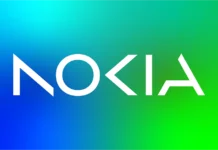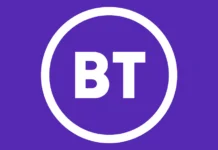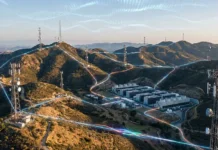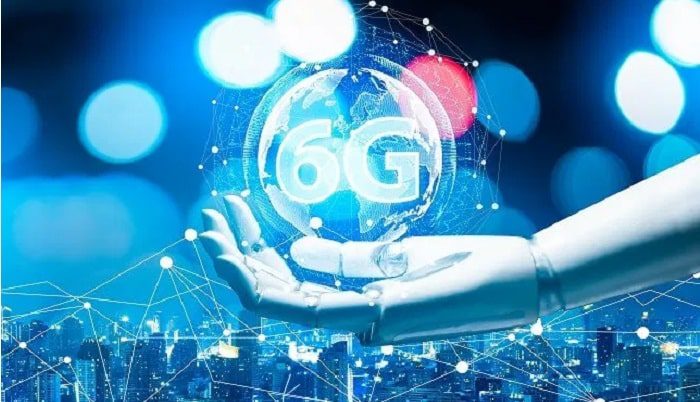5G, satellite communication and semiconductors will collectively contribute approximately $240 billion to India’s economy over the next five years and are estimated to contribute 1.6 per cent to the national GDP by FY28, according to a report by KPMG.
A KPMG report released at the ongoing seventh edition of the India Mobile Congress said India is preparing for a monumental shift to become a global digital powerhouse as the three technologies leverage key national strengths, namely economy, technology, demography and demand.
The telecommunications sector is currently valued at Rs 3,000 billion and is expected to grow at a compound annual growth rate (CAGR) of nearly 7-9 per cent by FY24. “There will be nearly a 40 per cent increase in hiring in the telecom and related industries in the coming years. The rollout of 5G/6G will boost job prospects in the telecom sector,” the report said.
At present, the telecommunications industry employs around 4 million people, of which 2.2 million are in direct employment and 1.8 million in indirect employment. By FY26, employment is anticipated to exceed the 6 million mark due to the continued use of cutting-edge technologies such as the Internet of Things, 5G/6G and virtual network operations, the report added.
The country also boasts one of the highest numbers of data users per capita globally. Indian internet users consume an average of 19.5 GB of data each month, with 4G accounting for 99 per cent of total data traffic.
An increase in Over-The-Top content viewership, a sharp decrease in data cost over the years and a surge in remote work opportunities and online education have contributed to this rise in data traffic. Indians are expected to consume 62 GB of data per month by 2028, the report noted.
The report highlighted that rural smartphone ownership has doubled between the pre-Covid era and 2023. While 358 million of India’s 759 million users reside in rural areas, the rural internet penetration rate in India is projected to reach 56 per cent by 2025.
On the spectrum allocation versus auction debate, the report cited examples of allowing spectrum usage without auction, such as in Germany, where certain bands of frequencies are designated as ‘general assignments’ for use by the general public or specific groups.
Business Standard reported that the government is in the process of identifying new bands to include in that round, and a consultation by the Telecom Regulatory Authority of India is anticipated shortly.




















